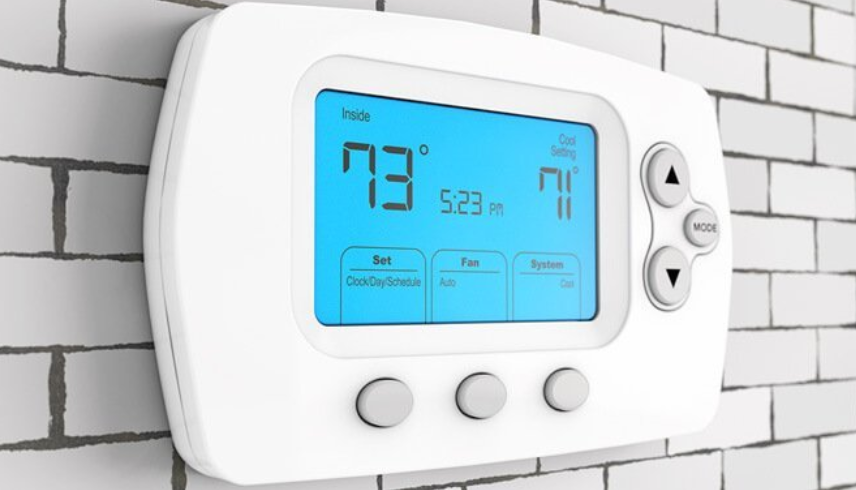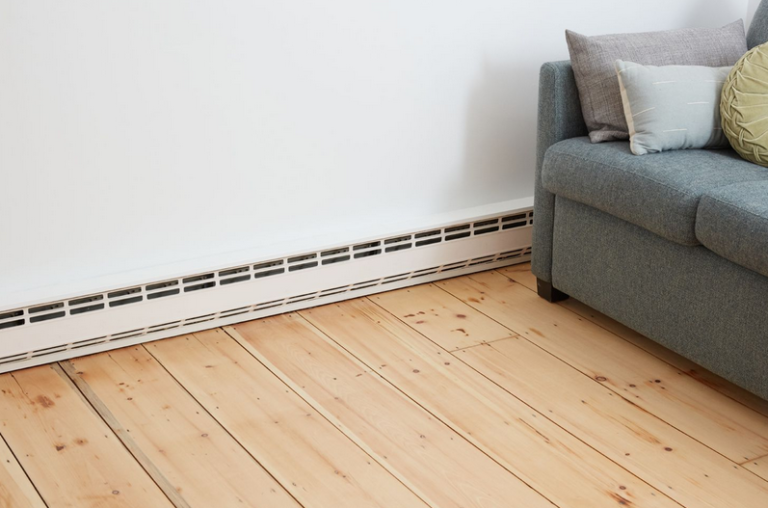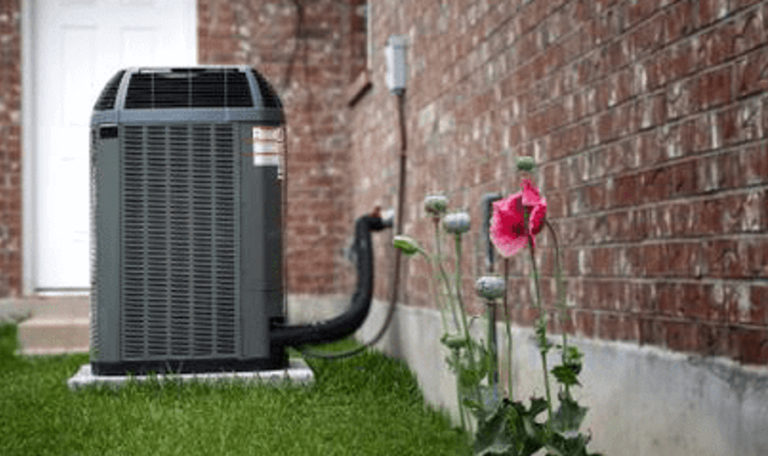What is Auxiliary Heating? All you NEED to Know
Auxiliary heating is a supplemental heat source that is used to provide additional heat when the main heat source is not adequate. The most common type of auxiliary heat is electric resistance heating, which uses electricity to generate heat. Other types of auxiliary heat include gas-fired furnaces, oil-fired boilers, and wood-burning stoves.
Auxiliary heating is typically used when the outside temperature is below freezing, and the heat pump is not able to extract enough heat from the air to maintain the desired indoor temperature. In this case, the heat pump will switch to the auxiliary heat source to maintain comfort.
While auxiliary heating can be an effective way to supplement the heat pump, it can also be expensive to operate. Electric resistance heating is the most expensive type of auxiliary heat, followed by gas-fired furnaces and oil-fired boilers. Wood-burning stoves are typically the least expensive type of auxiliary heat.
FAQ about auxiliary heating

How do I know if my auxiliary heat is on?
Here are four ways to tell if your auxiliary heat is on:
1. Check your thermostat.
If you have a digital thermostat, there should be a display that says “aux” or “auxiliary.” If you see this, then your auxiliary heat is on. If you have an analog thermostat, there will usually be a switch labeled “aux” or “auxiliary.” If this switch is turned on, then your auxiliary heat is also on.
2. Listen for the sound of your heat pump running.
Heat pumps make a very distinct sound when they are running. If you listen closely, you should be able to hear yours running even if it is inside your home. If you cannot hear your heat pump running, then it is likely that your auxiliary heat is on.
3. Feel the air coming from your vents.
If you put your hand up to one of the vents in your home, you should feel warm air coming out. This is a good indication that your heat pump is running and providing heat to your home. However, if the air coming from the vent feels cool or lukewarm, then it is likely that your auxiliary heat is on.
4. Check your electric bill.
If you see a significant increase in your electric bill from one month to the next, it is likely that your auxiliary heat was on for a prolonged period of time. This can happen during extended periods of cold weather when your heat pump has to work overtime to keep your home warm.
What causes auxiliary heat to come on?
The auxiliary heat will come on when the temperature difference between the indoor and outdoor temperature is greater than the amount of heat that can be provided by the heat pump alone. This typically happens when the outside temperature is below freezing.
What can cause auxiliary heat to come on more frequently:
- Dirty filters – If your filters are dirty, it will restrict airflow and cause your system to work harder to maintain a comfortable temperature.
- Low refrigerant levels – If your system is low on refrigerant, it will not be able to transfer enough heat to maintain a comfortable temperature in your home.
- Incorrect thermostat settings – If your thermostat is set too low, it will cause your system to work harder to maintain the desired temperature.
- Poor insulation – If your home is poorly insulated, it will be harder for your system to maintain a comfortable temperature.
- Leaks in the ductwork – If there are leaks in your ductwork, it will cause your system to work harder to maintain a comfortable temperature.
When should I use auxiliary heat?
Auxiliary heat is typically used in a home or building when the main heating system can’t keep up with the demand for heat. The most common type of auxiliary heat is electric resistance heat, which is often used as backup heat for homes with heat pumps.
Is auxiliary heat more expensive?
While auxiliary heat can be a lifesaver during cold weather, it can also be quite expensive to operate. This is because most auxiliary heat sources are not very efficient, meaning they use a lot of energy to generate heat. As a result, your energy bills will likely increase when you use auxiliary heat to supplement your home’s primary heating system.
There are ways to offset the cost of using auxiliary heat in your home. One way is to make sure your home is well-insulated so that less heat escapes and you won’t need to use the auxiliary system as often
Does auxiliary heat use more electricity?
Yes, auxiliary heat uses more electricity than your heat pump. This is because it has to generate enough warmth to overcome the extreme cold outside and still maintain the set temperature inside your home.
How long can auxiliary heat run?
So how long can auxiliary heat run? There is no definitive answer because it depends on a few different factors, such as the type of auxiliary heat you have, the size of your home, the outside temperature, and how well insulated your home is.
If you have electric resistance auxiliary heat, it can technically run indefinitely as long as you have electricity. However, it’s not recommended to run it for more than a few hours at a time because it can get very expensive. The cost of running electric resistance auxiliary heat will depend on the price of electricity in your area.
Why is my auxiliary heat blowing cold air?
If your auxiliary heat is blowing cold air, there are a few possible explanations. The most likely cause is that your system is low on refrigerant. When refrigerant levels are low, the auxiliary heat can’t properly do its job of heating your home.
Another possibility is that your outdoor unit’s fan isn’t working correctly. The fan helps to circulate warm air from the coils back into your home. If the fan isn’t working, the coils will get too cold and the air that blows into your home will be cold as well.
It’s also possible that there is an issue with the reversing valve. This valve is responsible for changing the direction of the refrigerant flow. If it’s not working properly, the refrigerant may not flow through the system correctly, which can cause the auxiliary heat to blow cold air.
If your auxiliary heat is blowing cold air, the best thing to do is call a professional HVAC technician. They will be able to diagnose the problem and recommend a solution.
Is AUX heat the same as emergency heat?
The debate over whether or not AUX heat and emergency heat are the same thing has been a long and heated one. Some say that they are one and the same, while others claim that there are subtle differences between the two. So, what is the truth? Is AUX heat the same as emergency heat, or are there some key differences that you need to be aware of?
AUX heat is a system that is used in conjunction with your home’s primary heating system. It is designed to provide additional heat when needed, such as on extremely cold days. Emergency heat, on the other hand, is a standalone system that is only used when your primary heating system is not working. In most cases, emergency heat is powered by electricity.
So, what are the key differences between AUX heat and emergency heat? First and foremost, emergency heat is designed to be used only as a last resort. It should only be used when your primary heating system is not working, and you have no other way to keep your home warm.
Additionally, emergency heat is often more expensive to operate than AUX heat. This is because it typically uses more energy to run. Finally, emergency heat can often take longer to heat up your home than AUX heat.







